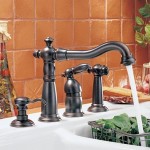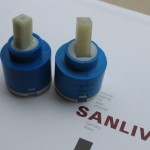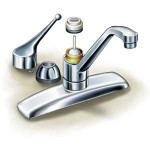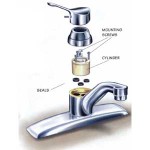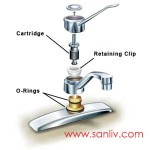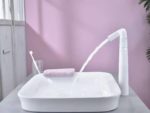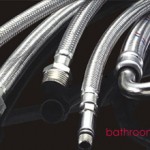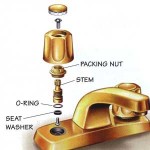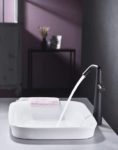Tips for your kitchen faucet repairs: make sure the type of your kitchen sink faucet, find the right kitchen faucet replacement parts, luego, you can start your DIY faucet repair.
Desafortunadamente, faucets are far from standardized, so it’s difficult to generalize about repairs. Most problems can be fixed by disassembling part or all of a faucet and replacing washers, focas, or other parts. It’s a good idea to keep a faucet repair kit on hand—one that contains a variety of washers, Juntas tóricas, and similar seals (these are available at hardware stores and home centers).
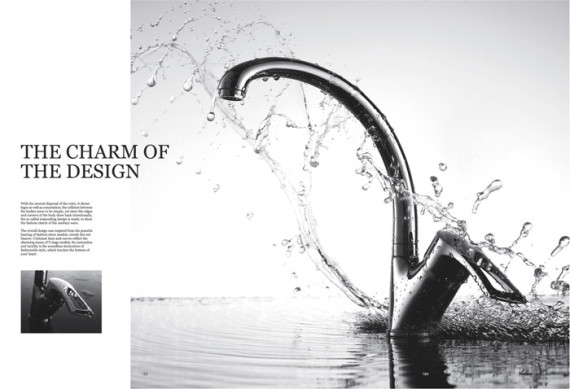
Nearly all faucets have one of four types of water-flow control mechanisms, referred to as cartridge, compresión, ball or disc. Single-handle faucets have either a cartridge, ball or disc mechanism. Dual-handled faucets either are cartridge, disc, or compression faucets.
Of all these types, compression faucets are more likely to drip because they have washers or seals that restrict water flow by closing against a valve seat when you turn the handle—and these washers can wear out. The other mechanisms are called “sin arandela” because they don’t use washers for the off-and-on action; even so, they do have O-rings or neoprene seals to keep them from leaking.
If water is not flowing strongly through your faucet, check the aerator. This device mixes air and water and can become blocked with mineral build-up. Unscrew the aerator and replace or clean with a brush or toothpick.
Palabras clave: Reparaciones de grifos de cocina

